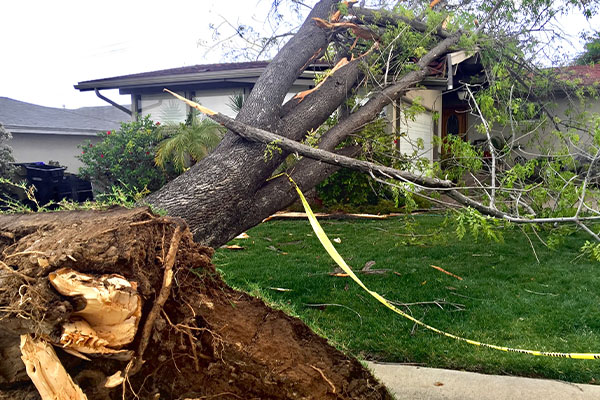While the upgrade from your legacy system to Next Generation 9-1-1 is based on technology advancements, it is also very much about the very first responder, the 9-1-1 professional. They’ve chosen this profession out of passion to help their community, and it’s our responsibility to support them with the technology to do the best job they can.
Harriet Rennei-Brown, the Executive Director of the National Association of State 9-1-1 Administration, once said, “I truly believe that when the heart, soul and skill of our telecommunications are combined with all the technical capabilities that NG9-1-1 can deliver, there is no limit to our potential for saving the minutes that save lives.”
And we couldn’t agree with her more.

Legacy Systems:
A 9-1-1 caller’s location is often the most critical piece of information for a 9-1-1 professional to get correct. However, on legacy systems, location information routed through ALI/ANI is coming from the cellular network, not a device. Because of this, location information is not always precise. An operator may need to request an update to location information, or a rebid. This wastes time and doesn’t guarantee any more of an accurate location.
In addition, if a call comes from someone that is on the border of two PSAP jurisdictions, it may be difficult for a 9-1-1 call taker to ensure they are dispatching the best resources.
NG9-1-1:
Location-based call routing is a part of the next generation core services. It determines the best PSAP for the call based on the caller’s actual location. It also transmits a dispatchable location for the caller, immediately. This type of call routing saves minutes, helplessness, and lives.
When it comes to deploying resources, Next Generation 9-1-1 leverages technology to gather precise location information. This way 9-1-1 professionals get it right the first time.
Legacy Systems:
A call starts from a man having a heart attack in a shopping mall. While he knew the address of the shopping center, he didn’t know the unit number where he was located. A 9-1-1 professional may need to have dispatchers search the entire shopping mall hoping to find the man. Not a situation anyone wants to be in.
NG9-1-1:
9-1-1 call takers using next gen technologies receive latitude and longitude (XY) coordinates. These coordinate convert quickly into a visual map that provides the exact location of the caller, even inside a building. In the future, an elevation or “Z” coordinate can also be sent, helping to identify a particular floor where the caller is located.

Legacy Systems:
Simply put, if a disaster strikes and networks are out, 9-1-1 will likely be out of service for that region. That is until these systems are restored.
NG9-1-1:
With NG9-1-1, call carrier traffic is routed independently into a modern IP-based system, and there are multiple failover options. This means that even if the local PSAP is incapacitated, the call can still be routed to another PSAP nearby.
Working seamlessly with 9-1-1 callers, other agencies, neighboring communities, and first responders is a dream of everyone working at a PSAPs.
While any large-scale technology upgrade will take time, a communication system that flows efficiently is important. Flowing from wireless phone companies to PSAPs, and then first responders will improve the lives of our 9-1-1 professionals. Not to mention, it will save more lives among our communities, too!
Contact Synergem today to learn more about your upgrade to Next Generation 9-1-1.